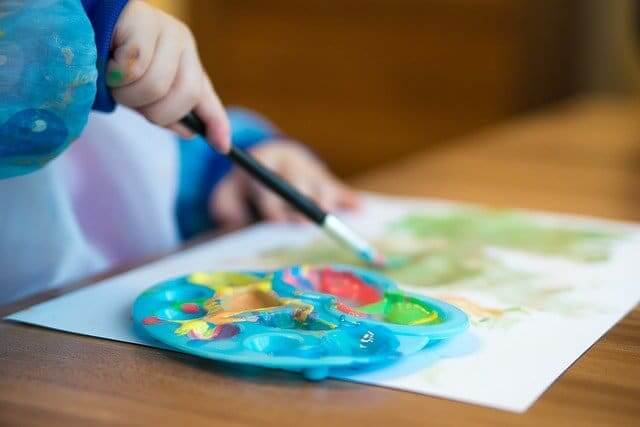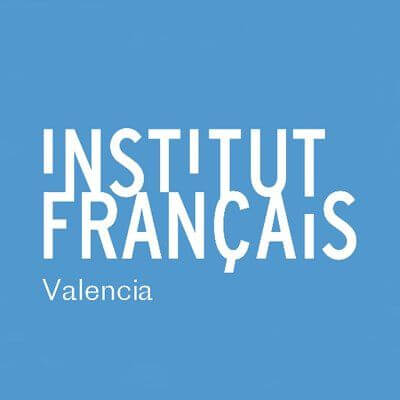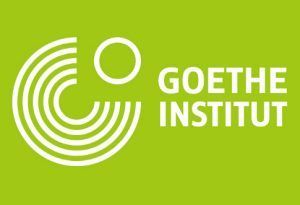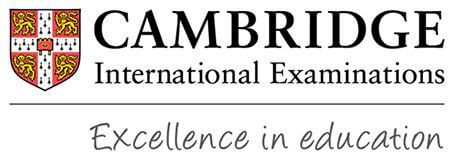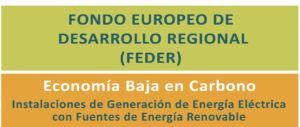The importance of arts education in schools
International academic reports indicate, year after year, that the educational systems that dedicate the most hours to the arts obtain the best results. Arts education goes beyond the usual rote learning in other subjects, in this case, the student must put into practice their creative qualities, their imagination and their mechanical ability.
At the British School of Vila-Real we know the vital importance of art education at school, that is why all our programs include subjects related to art, in which students can develop their potential. Our school has all kinds of specific spaces for artistic learning, from kindergarten to the last pre-university courses.
What is art education and what is its influence?
Art education is the part of the curriculum that refers to the learning of art and the putting into practice of different artistic techniques.
Unlike other subjects, the importance of art education in school is not only based on memorizing dates, schools or artists, we also want the student to be involved in the practical part of art, developing their own projects.
The most effective models of art education are those that have adequate spaces and tools. At British School Vila-Real we offer our students a complete art program, which is developed in the following classrooms:
- Music room is fully equipped with all types of instruments.
- Two rehearsal rooms.
- An open art room of 80 square meters, with interactive resources and all the material our students need.
- Theater room.
Our art program tries to show the student the richness of these activities. Circumscribing art to painting or music means reducing the artistic capacity to transform a person. In our programs we include all kinds of activities so that our students can discover and develop their talents.
Arts education competencies
The subjects related to art are not based on traditional rote learning, however, it is essential to establish a series of competencies with which we can evaluate the student, and check that he or she has the basic artistic skills. Capabilities such as the expression of ideas, the synthesis of emotions in artistic proposals or the basic knowledge of the main artistic schools, are some of the skills that we relate to this part of the curriculum. Developing these skills in a gradual process, which begins in the first years of kindergarten, allows the student’s artistic qualities to be perfected and his or her competencies to be improved.
Nowadays, visual perception and the ability to synthesize and interpret are fundamental to understand the world in which we live; artistic abilities are what allow us to grasp and understand reality, generating creative responses. If a child learns to carry out this type of process from an artistic point of view, his or her artistic skills will also be a method for interpreting his or her environment.
Cognitive development and creativity
Arts education skills are based on understanding and the ability to create. Art is an essential ally for the development of the cognitive system, artistic understanding helps the development of lateral thinking, facilitates spatial understanding and provides autonomy and security to the student.
Art subjects encourage the student’s creativity from the first academic years. Art allows students to express themselves as they wish, with their own tools and according to their individual thoughts.
Artistic creation also reinforces social skills. Sharing creative works, explaining their essence and listening to the interpretation of other students is a process that improves skills related to sociability. Cognitive development derived from art subjects is also closely related to other people’s responses to our work.
Art and its relationship to other subjects
As we indicated earlier, curricula that include more hours of art are those that score better on international tests. Students who follow programs with art subjects tend to do better in science and language subjects, because artistic learning encourages learning methods applicable to other fields of knowledge.
In connection with language learning, art facilitates understanding of other cultures, knowledge of the heritage of other countries, and also establishes cognitive processes that are applicable to language learning.
Art and languages are two subjects that, a priori, are unrelated, however the areas that are activated for their learning are very similar, since in both cases comprehension, interpretation and creativity are fundamental.
The importance of spaces reserved for the arts
Memoristic learning can be carried out in a standard classroom, however, music, painting or theatrical expression need specific places where the student can fully develop.
At the British School of Vila-Real we have classrooms specifically designed for artistic expression subjects. All our students enjoy adequate spaces in which they can develop their full potential, encouraging the most creative aspects of their personality.
It is also important to have the best material, in our school we have the best equipped classrooms, to encourage artistic creation during all academic stages.
British School of Vila-Real, the most complete educational program
Our commitment is based on offering our students the most complete education, from infant to pre-university courses, that is the reason why our school programs insist on the importance of art subjects.
At the British School of Vila-Real we have created a bilingual learning method focused on language teaching, which also integrates other skills such as those related to artistic creation. In order to guarantee the best experience for our students, our school has specific classrooms and the best equipment, including several arts in a single comprehensive program, which is developed throughout the academic period.
